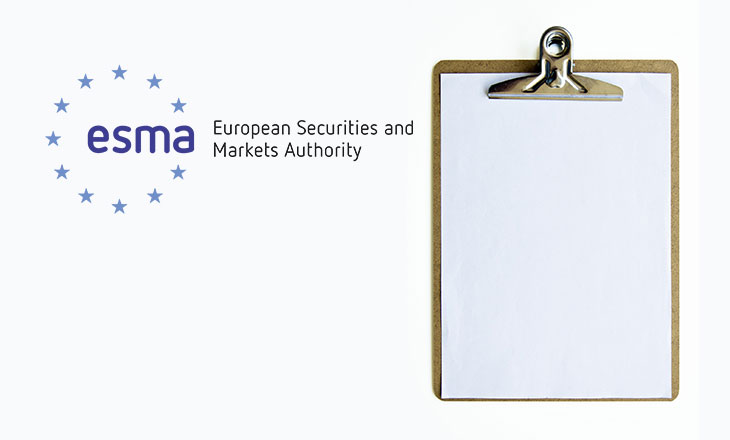Natallia Hunik, Global Head of Sales at Advanced Markets and Fortex, Inc. highlights ESMA’s latest requirements in a special guest post exclusive to LeapRate.
The inner workings of brokers have always been a mystery, a secret more closely guarded than the gates of hell it seems. That makes one wonder, why is it such a well-kept secret and what is there to hide? There are many underlying reasons:
- Most brokers source their liquidity deals from the same counterparties as their competitors and, if disclosed, it opens a whole new can of worms in terms of the different pricing each one receives from their LPs. It’s no secret that the OTC FX market is heavily relationship-based and therefore everyone doesn’t get the same price.
- There is somewhat of a dissonance between the marketing narrative and actual actions of the business. Typical marketing campaigns highlight catchphrases such as “no conflict of interest”, “STP”, “ECN”, “no dealing desk”, but the reality can often be very different. The majority of retail, margin brokers have no access to credit and often do not pass their client trades to Tier1 banks or institutional counterparts for execution, despite what their advertising may suggest.
- Many brokers contract with liquidity counterparties while seemingly circumventing the rules prescribed by MiFID 2 under the best execution clause. They would rather go with those entities who are promising financial incentives, in some cases choosing to prioritize the monetization of their flow over the safety of client funds and the quality of trade execution. However, with the push for transparency from ESMA, brokers are finally being forced to let the cat out of the bag and disclose this sensitive information. The results are mind-blowing.
The majority of brokers are not reporting
As reported by Cappitech, a reg tech firm in the UK, many brokers are not producing RTS 27 reports and 60% have no intention to use the reports on execution quality internally. That is despite the fact that ESMA has recently issued a Q&A clarification to MiFID 2 that clearly mandates that the RTS 27 report should be published quarterly, and RTS 28 annually, with no longer than 3 months delay.
Financial firms must keep these reports in the public domain and it “should not be placed behind a firewall, registration page or be subject to password encryption or other restrictions”. Reports must be kept online for 2 years.
Many show counterparties as their own affiliate entities overseas
Many brokers show that 100% of their flow is funneled to their own subsidiaries in other countries, which is an “OK” thing to do as long as the client can check reports for the destination entity overseas. Alas, that is only possible if an affiliate entity is within the EU. If not, good luck finding an RTS 28 report for a company in a less-than-stringent regulatory jurisdiction.
Many reports show results that are contrary to advertised practices
While a firm’s sales team might be telling the story about what banks and institutions lie behind their trade execution facility, the reality, revealed by these RTS 28 reports, is that many are warehousing 100% of the flow (internalizing the risk) and not sending it to the market. It could perhaps be that while pricing is somehow derived from the interbank market, the trade execution itself is internalized within the firm.
By the way, it can be difficult to find the RTS reports on a firm’s website, as they are not often prominently situated, but you can locate these by simply searching “Broker name + RTS” in Google or going under “legal documents” or the equivalent section on a regulated broker’s website.
While there has been much moaning about the complexity of the new regulations and increased compliance costs, it does indeed finally provide a degree of transparency to clients of these firms, allowing them to assess risks and to make their own educated decisions.
I am impressed by the very detailed Q&A document recently published by ESMA, especially with the concrete guidance that is provided.
Increasing transparency will be an important factor in the future success of the margin FX sector.
If you are interested in learning more about RTS reports, please feel free to access a list of published reports we have compiled for you.
